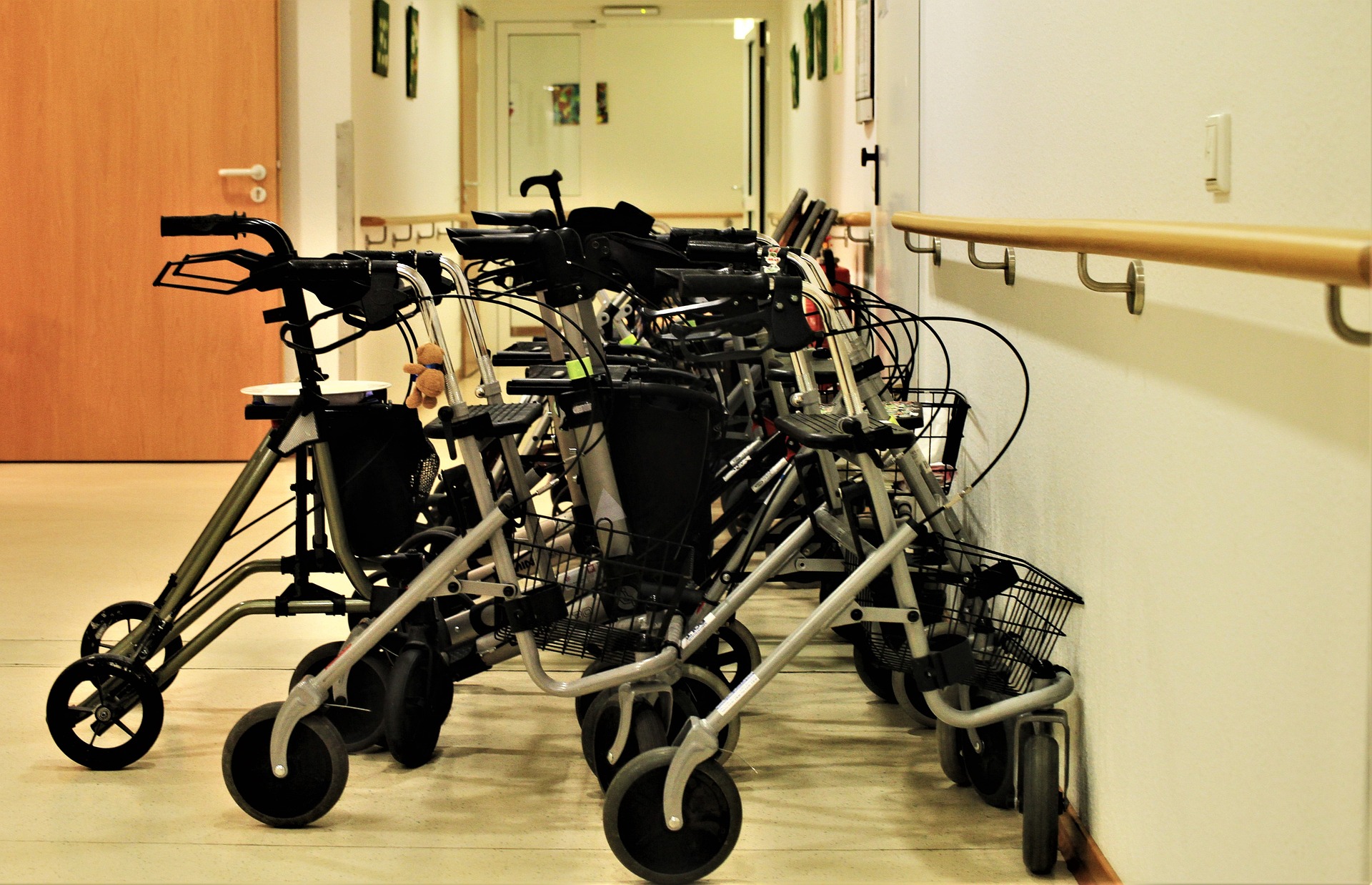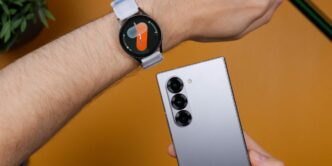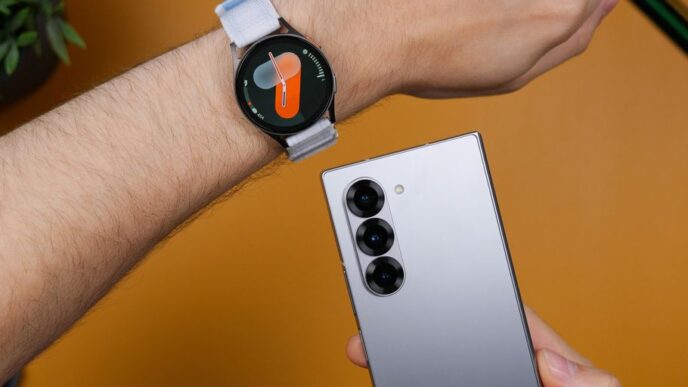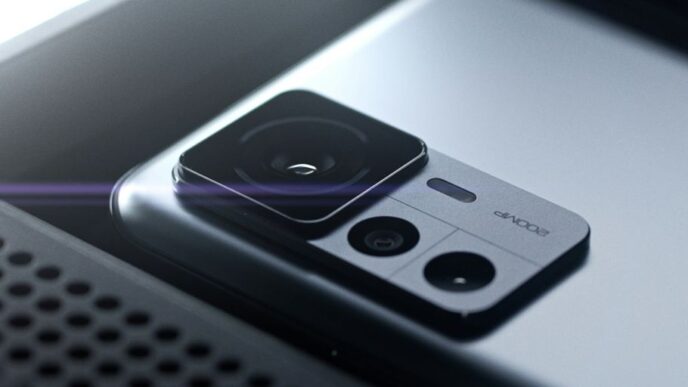Assisted living technology helps lower the risk of falls among seniors, which are all too often leading to injury and even death. Smart sensors and wearables can monitor a person’s movements and detect an at-risk situation that requires immediate assistance.
Care assisted living facility managers must use technology that meets a real need for residents and patients at their facilities, for instance by creating an optimized Wi-Fi network that supports medical health devices as well as other forms of technology. Achieve success
Artificial Intelligence
Nearly 77% of seniors wish to remain living at home as they age, yet many require assistance to do so. Innovative technologies like artificial intelligence can offer relief.
AI can detect health risks and identify illnesses immediately, alerting family members or caregivers so they can act immediately. Furthermore, it can identify patterns in behavior for the best care.
Advancements such as this one also reduce paperwork and give families timely updates about their loved one, something which may otherwise be difficult with such a busy staff and large population of residents.
TSOLife developed technology that collected and preserved older people’s stories for future generations while helping them connect to their communities. However, its founder recognized that similar principles could also be applied to senior living facilities allowing families to stay involved with loved ones even when they can no longer visit directly.
Robots
Robots are becoming an integral part of assisted living facilities as staff lack enough time to complete certain tasks themselves. Furthermore, these robots can help monitor resident’s and patients’ health.
Indirect social robots could help seniors combat both emotional and social isolation by connecting virtually with each other. Telepresence robots offer one potential solution, enabling users to join family or friends who live far away, as well as events or services more readily.
However, social robots may cause ethical concerns like objectification of older adults and lack of human contact. Therefore, researchers should ensure they develop appropriate robot types to meet different needs while avoiding stereotyped robots in order to make use of robotic technology more palatable and acceptable for older adults. Furthermore, it is necessary to objectively and systematically study its impact on quality of life for older people.
Wearable Devices
Wearable devices are electronics designed to be worn on or near the body to deliver accurate data about its owner, such as heart rate or GPS location. Wearable devices have numerous uses ranging from health and fitness monitoring to navigation and entertainment.
Seniors can enjoy peace of mind knowing they can reach loved ones or emergency responders at any time with wearable devices that provide constant connectivity with family, caregivers and emergency responders – unlike old technology that required pushing buttons – 24/7. Wearables also boast long battery lives and the capability of tracking one’s location even without an internet connection.
Seniors living in assisted living communities require prompt and attentive care from staff members, which the CarePredict technology can deliver quickly. Staff acknowledge alerts 40% faster and reach residents faster in response to those alerts 37% than traditional methods, helping prevent minor situations from turning into emergencies that require hospitalization, while providing robust staff performance metrics to support continuous quality improvement of care delivery.
Remote Monitoring
Remote monitoring enables patients to keep an eye on their health from outside the care setting. Digital scales, for instance, can automatically send data back to nurses when out-of-range readings occur; any concerning results would then be flagged and more regular checkups and the ability to address medical concerns immediately can occur.
As another benefit, medication management can decrease doctor’s visits, ambulance rides and hospital admissions for older people who account for most chronic comorbidities and spend half of the nation’s healthcare dollars.
Other benefits include digital filing systems that make it easier for caregivers to access records quickly and efficiently, while cutting down on paperwork significantly for an aging population that often suffers memory problems. Patients also can stay connected with loved ones via video chat – something particularly helpful for those living alone or alone as it can help alleviate feelings of isolation and loneliness.












